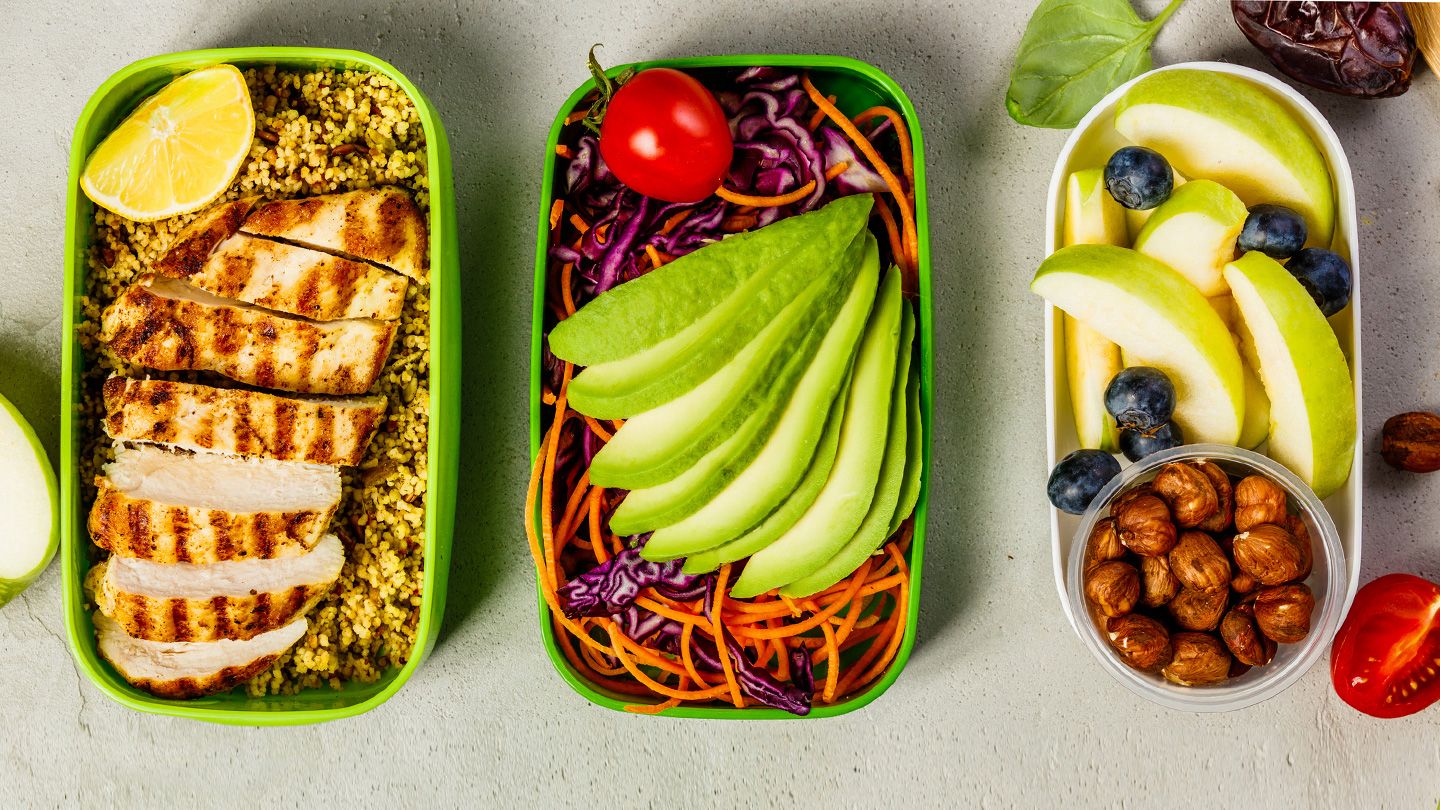Fiddling with Objects During Mealtimes: Exploring the Causes and Solutions
It's normal for children to have trouble sitting still, especially during mealtimes when they're expected to remain seated at the table. However, constantly fiddling with toys, utensils or other objects can be disruptive and frustrating for parents. While some fidgeting is typical for kids, excessive fiddling may point to an underlying issue like ADHD, sensory processing disorder or anxiety.
In this comprehensive guide, we'll explore the reasons why children fiddle with things during meals, how to distinguish normal childhood restlessness from concerning behaviors, and effective strategies to encourage positive mealtime habits.
Common Causes of Fiddling Behavior
There are several explanations for why a child might compulsively fiddle with items during mealtimes:
Boredom
Younger kids have short attention spans and sitting down to eat requires them to remain seated for an extended period. Fiddling with nearby objects provides stimulation and distraction from the monotony of eating.
Impatience
Hungry kids are eager to dig into a meal. The anticipation of food coupled with the requirement to wait patiently to start eating can compel restless fingers to stay occupied with fiddling.
Lack of Hunger
Sometimes a child is not hungry or interested in the meal served. Pushing food around a plate or playing with utensils allows them to avoid eating.
Seeking Sensory Input
Certain textures, movements, and manipulation of objects provide pleasing sensory feedback for children. Fiddling with things like silverware, food, and table accessories supplies this needed sensory input.
Excess Energy
Kids have what seems like endless energy reserves. Fiddling and fidgeting allows release of pent-up energy during a time when movement is restricted.
Lack of Motor Control
Younger children with limited fine motor skills find manipulation of objects challenging yet satisfying. The practice of fiddling helps develop hand-eye coordination.
Seeking Attention
Any behavior that elicits attention from parents can become habit, even if the attention is negative. A child learns that fiddling with things will get mom and dad to look at them and say their name.
Self-Soothing Behavior
Fiddling with familiar objects brings comfort and calming feelings. This develops as an unconscious self-soothing habit for anxious children.
ADHD
Excessive and uncontrollable fidgeting is a hallmark symptom of attention deficit hyperactivity disorder (ADHD). Children with ADHD are unable to sit still and need constant tactile stimulation.
Determining When Fiddling Indicates a Problem
It's normal for preschoolers and young grade schoolers to play with utensils, food, napkins and other items within reach during meals. However, certain fiddling behaviors can signify problematic issues:
- Fiddling that persists beyond age 5-6
- Inability to stop fiddling when instructed
- Fiddling that results in making a mess
- Focus is completely removed from eating
- Excessive speed or intensity of manipulation
- Unique order, pattern or ritual to fiddling
- Tantrums when prevented from fiddling
- Isolation from peers due to unusual fiddling
If a child exhibits these concerning fiddling habits, parents should discuss it with a pediatrician. The behavior could indicate ADHD, sensory processing issues, obsessive-compulsive disorder or anxiety requiring professional intervention.
Negative Impacts of Excessive Fiddling
When fiddling during mealtimes crosses the line from normal to problematic, it can have adverse effects on a child including:
Lack of proper nutrition
Kids who are preoccupied with fiddling often dont eat enough because they are not paying attention to consuming food.
Social problems
Focused fiddling leads to isolation from tablemates. Unusual manipulation of objects can cause judgement from peers.
Discipline issues
Children who cannot control fiddling likely have trouble following mealtime rules. This results in corrective discipline from frustrated parents.
Safety risks
Intense focus on fiddling could lead to accidental injury. Fiddling with unsafe objects raises the possibility of harm through ingestion or improper use.
Escalated behavior
Fiddling that is supported through negative attention gains from parents gets reinforced. This can cause the behavior to worsen over time.
Self-esteem problems
Children who feel socially isolated or frequently disciplined due to fiddling behavior may begin feeling poorly about themselves.
Anxiety or tension
For some kids, inability to fiddle results in built up angst and nervous energy.
Strategies for Curbing Fiddling
If non-disruptive fiddling isnt a concern, accommodating small childrens need for tactile stimulation can remove conflict at mealtimes. When fiddling becomes problematic, it likely indicates an underlying issue necessitating evaluation by a pediatric specialist. Alongside professional support, parents can employ strategies to curb excessive fiddling:
Provide fidget toys
Allowing toys like stress balls, bendable figurines, or pose-able action figures at the table gives restless hands an approved outlet.
Seat near parent
Proximity to mom or dad keeps the child focused on eating and conversation, not on manipulating objects.
Give timed breaks
Allow short timeouts from the table every 10-15 minutes to get wiggles out before returning to finish a meal.
Create games at the table
Fun interaction, like counting bites or racing to finish a glass of milk, can incentivize keeping hands away from objects.
Allow manipulatives during part of meal
Fiddling may be permitted during less structured elements of a meal, like appetizer and dessert, but not entre.
Institute consequences
Provide clear warnings that fiddling with objects means mealtime ends. Follow through if behaviors continue.
Praise good behavior
Offer praise and small rewards when rules are followed and fiddling is avoided.
Examine triggers
Keep a log of fiddling behavior at meals to identify any patterns related to timing, food served, tablemates, environment, etc.
Make adjustments
Tweak factors that seem to trigger fiddling, like seating arrangements, dishes used, meal timing, or table location.
Provide sensory input before meals
Facilitate jumping, spinning or squeezing play right before sitting down to eat.
Simplify environment
Remove extraneous objects within reach to eliminate temptation to fiddle.
When to Seek Professional Help
Most young kids grow out of mild fiddling behavior on their own as self-regulation skills develop. But if fidgeting and constant manipulation of objects persists beyond ages 6-7, worsens over time, or significantly interferes with eating, socializing, or following mealtime rules, professional support may be needed. Parents should consult a pediatrician, school counselor, occupational therapist or child psychologist to get to the root of problem fiddling behaviors using evaluations and recommended interventions. With compassion, consistency and targeted treatment, both children and parents can achieve peaceful mealtimes.
In summary, fiddling with toys, utensils and food at mealtimes is common among children but can become worrisome if excessive. Determining when normal childhood restlessness crosses into problematic territory means identifying impacts on nutrition, social skills, discipline and safety. Consulting professionals alongside consistent behavioral strategies can help curb constant fiddling and establish healthy mealtime habits.
FAQs
Why do some kids fiddle with things during meals?
Fiddling during meals can be caused by boredom, excess energy, lack of hunger, seeking sensory input, or an underlying condition like ADHD.
At what age is fiddling a concern?
Fiddling that continues consistently beyond ages 5-6 may indicate an issue requiring evaluation by a doctor or therapist.
What are signs of problematic fiddling?
Concerning signs include inability to stop fiddling, making messes, lack of focus on eating, performing rituals, getting angry if prevented from fiddling, and social isolation.
How can I manage my child's fiddling?
Strategies include allowing fidget toys, supervised breaks, sensory input before meals, positive reinforcement, rearranging the environment and collaborating with professionals.
When should I take my child to get evaluated?
Seek professional help if fiddling persists, worsens, interferes with mealtimes, or negatively impacts nutrition, social skills, discipline and safety.
Disclaimer: This article is for informational purposes only and does not constitute medical advice. Always consult with a healthcare professional before starting any new treatment regimen.
Related Coverage
While black widow spiders inhabit much of North America, the cold climate of Maine only sparsely supports populations currently. Still climate change impacts may allow expansion....
Use an ADHD-tailored meal plan to help minimize symptoms. This science-based plan limits problematic ingredients while emphasizing balanced nutrition....
The ongoing Vyvanse shortage in 2023 is making access difficult. Discover possible causes, alternative ADHD medications, and tips for conserving your supply....
Find essential info on Daytrana interactions, covering risky drug combos, alcohol, caffeine, and health conditions for safe use....
What to expect when getting tested for ADHD near you - medical history, exams, specialist referral. Learn about diagnosis criteria, tests, medication and therapy....
Research shows potential ADHD benefits from fasting including anti-inflammatory effects, improved gut flora, and boosted brain cell growth factors. But evidence is limited....
Auditory processing disorder affects listening, school work, and daily life; learn diagnosis methods and support strategies....
Adderall is a stimulant medication containing amphetamine salts used for treating ADHD and narcolepsy. Learn about proper dosage, risks, and safely weaning off....
Research shows potential connections between worsening ADHD symptoms and gluten. Learn how gluten free diets work, implementing elimination protocols, reintroduction, pros vs cons....
ADHD time blindness makes time feel elusive. Learn why it happens and find practical strategies to manage your unique relationship with time....









